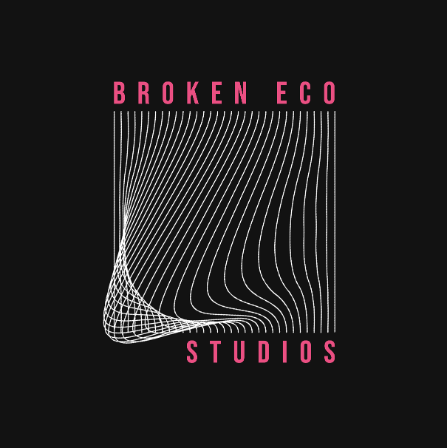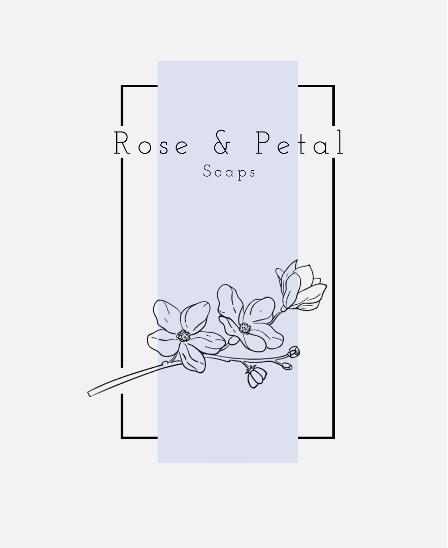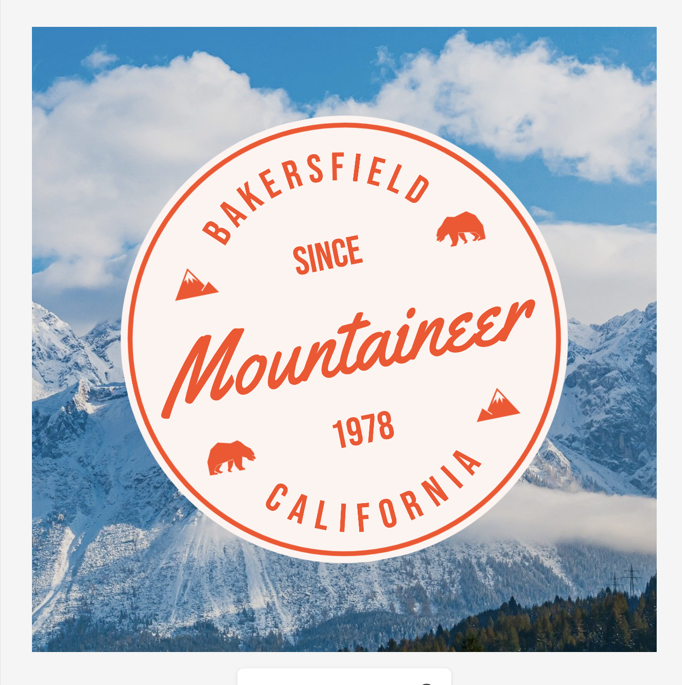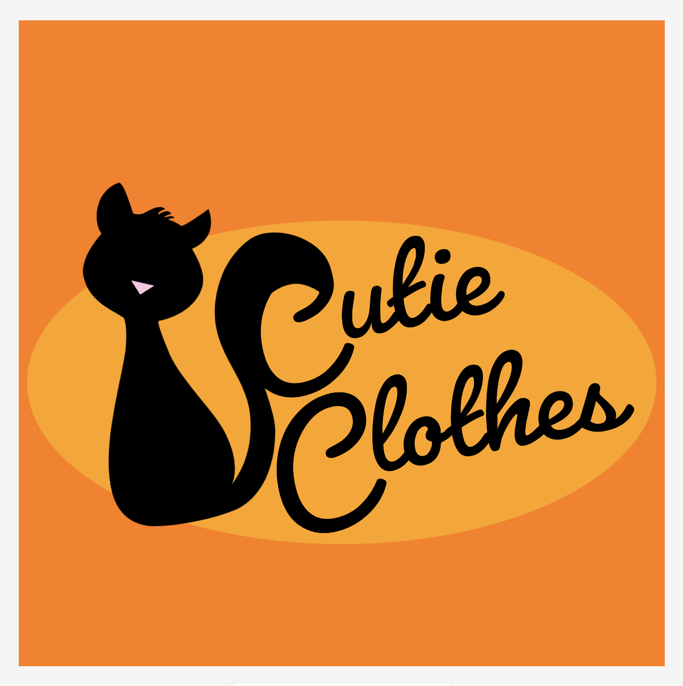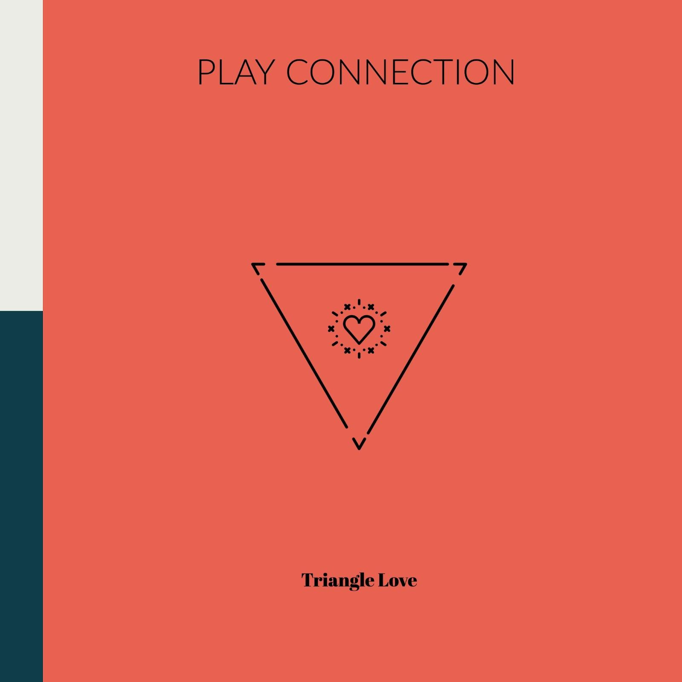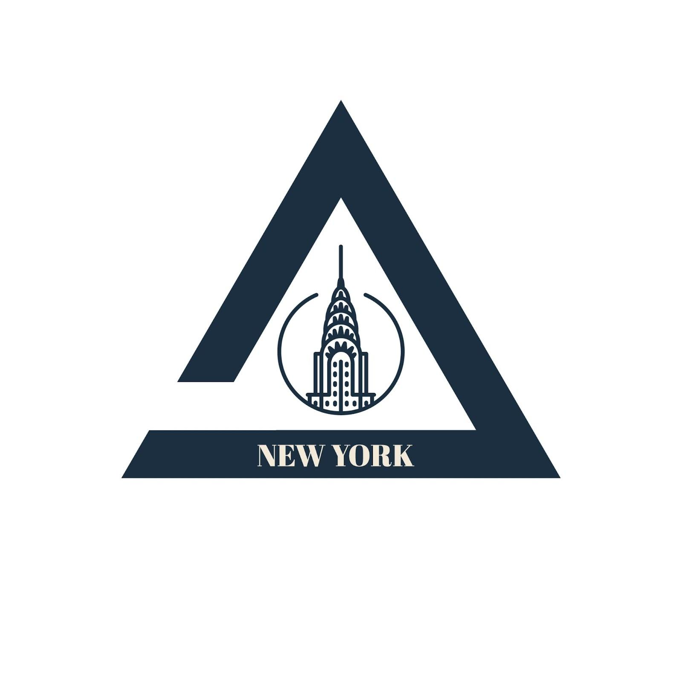How to make a powerful logo using the right logo shapes.

The best logo designs don’t happen by accident. They use the psychology of shapes — or how specific shapes subliminally influence the human mind—to underscore brand identity and brand values in a powerful, compelling way. But you don’t need to hire a team of graphic designers to conceptualize the right logo shapes for your brand. You just need to know a bit about what different shapes convey, decide which logo shapes best represent your business, and then use easy, free logo maker to help you make the perfect logo for you.
Overview
Understand how to use shapes in logo design.
Just like smells, sounds, touch, and colors, shapes trigger subconscious emotions. Not surprisingly, graphic designers have long been aware of this fact and have worked hard to strengthen the power of their logo designs through a strategic use of shapes.
As you think about your own logo design, consider the following shapes and what kinds of vibes they are associated with.
Let’s start with basic shapes.
Benefits of square logos.
Like the proverbial building block, square shapes, with their solid structure, horizontal lines, vertical lines, and predictability, symbolize sturdiness and reliability. They may not be risky (after all, they’re square), but they—along with like-minded rectangles—embody trustworthiness and thus are a very popular choice for logo design.
Check out this guide to square logos which includes 7 square logo examples and templates you can customize.
Examples of square logos.
Examples of notable square logos and rectangular logo shapes can be found in the logos for LinkedIn, Dominos, 7-Eleven, and The Home Depot. Rectangle examples include IKEA, Ferrari, and Nintendo.
Square logo templates:
Tap the logo templates above to customize them and make them your own.
Benefits and examples of circular logos.
Whether it’s a circle, oval, or ellipse, circular shapes are symbols of continuity, stability, and eternity. With smooth curves and no endpoints, they have soft, mystical, humane qualities just like circular elements found in our realm—think planets, raindrops, and tree rings. These comforting characteristics inspire our subconscious to experience circles as positive and indicative of unity.
Powerful circular logos include Starbucks, BMW, and AT&T. Explore Adobe Express circle logo templates for inspiration or customizing of your own circular brand logo.
The difference between an oval and an ellipse is subtle. Fundamentally, an oval is a curved shape that may have a single axis of reflection symmetry (like an egg, which has a larger and a smaller side), while an ellipse is a curve on a plane with mathematical definition. In other words, an ellipse is an oval but an oval may not necessarily be an ellipse. In either case, unless you’re teaching math or speaking to someone super technical, you can use the words oval and ellipse interchangeably without too much worry.
From a design perspective, oval or elliptical shapes often convey celestial, futuristic, or progressive notions. Brand examples include logos for Evian, Ford, and Samsung.
Circular logo templates:
Tap the logo templates above to customize them and make them your own.
Benefits and examples of triangle logos.
The triangle is a powerful shape. It can be associated with direction, motion, stability, power, or law. But it is also sometimes associated with hazard, warning, or risk, depending on whether it's upright, like the Google Drive logo, or upside-down, like the logo of cutting-edge fashion icon Prada. With their sharp edges and straight lines, triangle logos convey strength and steadiness.
If you’re thinking of using a triangle shape for your logo, you’re in good company. Airbnb, Adidas, and Mitsubishi are just a few brands that get to the point, so to speak.
Triangle logo templates:
Tap the logos above to customize them.
Benefits and examples of spiral logos.
There’s something organic-feeling about spiral shapes, probably because they exist everywhere in nature, from the water running down your drain to the DNA double helix to seashells and animal horns. Consequently, they subliminally represent growth, whether it’s literal, spiritual, or intellectual. The likes of Nautilus and Jamba Juice have spiral logos.
Spiral shaped logo template:

Tap the logo template above to customize it and make it your own.
Benefits and examples of organically shaped logos.
So many organic shapes are used for logos, and no wonder. We like natural things, so the design of the natural world is appealing. Think of the cloud (like Salesforce), the apple (like Apple, naturally), or the tree (like Timberland, which adds a circle for good measure).
The idiom, “art imitates life,” is true for logos, too. The natural shapes of plants and animals make us feel good. Of course, each organic element has its own symbolism. For example, the Twitter bird is cute and flighty in its upward motion and soothing sky-blue hue, while the colorful peacock of NBC nods at its historical innovation for full-color broadcasting.
Often such logo shapes directly reference the brand name itself (e.g., the “tweet” of the bird, the “timber” in Timberland, the apple of Apple), which is why they tend to convey a sense of familiarity and brand intimacy.
Organic shaped logo template:

Tap the logo template above to customize it and make it your own.
Benefits and examples of abstract logos.
Abstract designs are playful, as they tend to take the familiar and strip it down to recognizable, mostly geometric shapes that are minimalist and usually symbolic. Chanel, Adobe, Pepsi, and Nike are all brands with great abstract logos. Nike’s abstract logo is so impactful, it even has its own world-famous name—the “Nike swoosh.”
These logo shapes give you plenty to work with. But before we move on, there’s one more thing to consider: negative space. Negative space can be an exceptional tool in conveying your brand message in your logo. It can give breathing room to the image or add another layer to your design elements. Take the FedEx logo as an example. The logo relies on color and typography to make a bold statement. But look closer and you’ll see within the thick block letters negative space in the shape of an arrow, indicating forward movement. Genius.
Abstract logo template example:
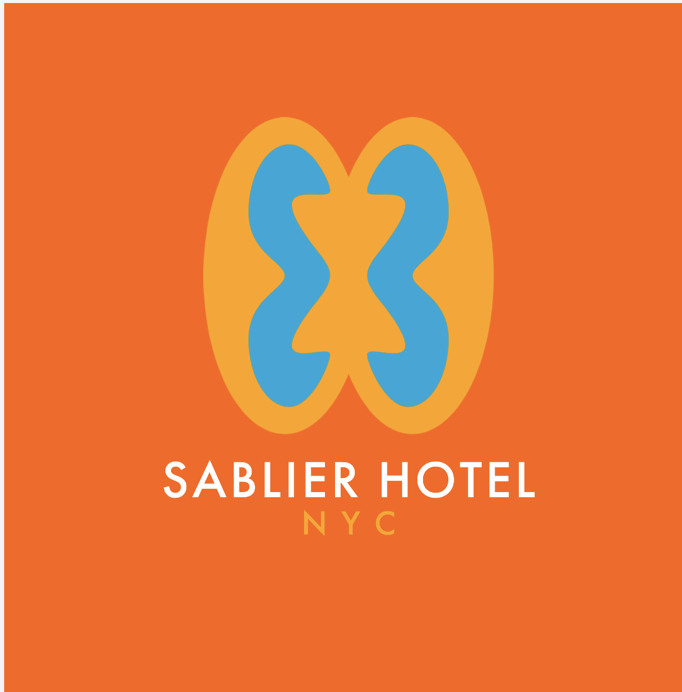
Tap the logo template above to customize it.
Learn how to choose logo shapes.
Now that you have a better understanding of logo shapes and their meanings, it’s time to apply the thinking to making your logo.
Consider your brand identity and brand values and what shapes best represent them metaphorically. Are they dependable and steadfast like the square? Do they embody the traits of the triangle? Or perhaps they’re more ethereal or feminine like the circle. To start, pick the shape that best represents your brand’s core characteristics.
Once you settle on a logo shape, you use other design elements to nod to other nuances of your brand. Your color palette, the fonts you choose, complementary shapes, and negative space can help you further tell your brand story through your logo.
Make a logo using the right logo shapes.
Once you have a clear idea of the shapes that will best represent your brand and its values, you’re ready to make your logo. You can use a free logo maker that allows you to start from scratch or leverage a host of free,customizable logo templates or specific small business logo templates to use readymade templates and make them entirely your own. With a better understanding of the psychology of shapes and how it applies to your logo, you’re bound to end up with a strong brand mark.
Stay tuned to the Adobe Express blog for more tips on how to design effective logos, including explorations of logo sizes, logo redesigns, logos for business cards, and more.
